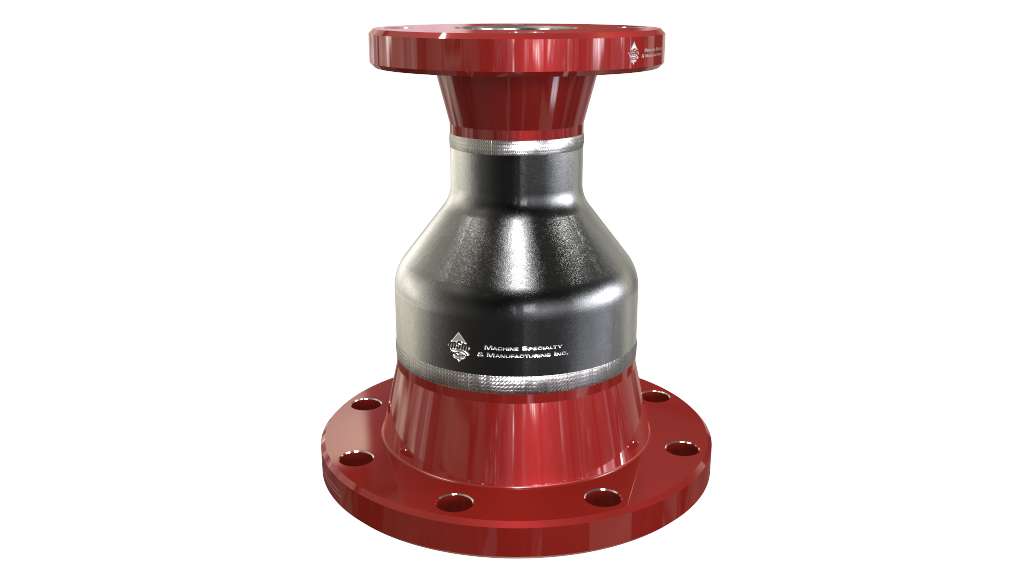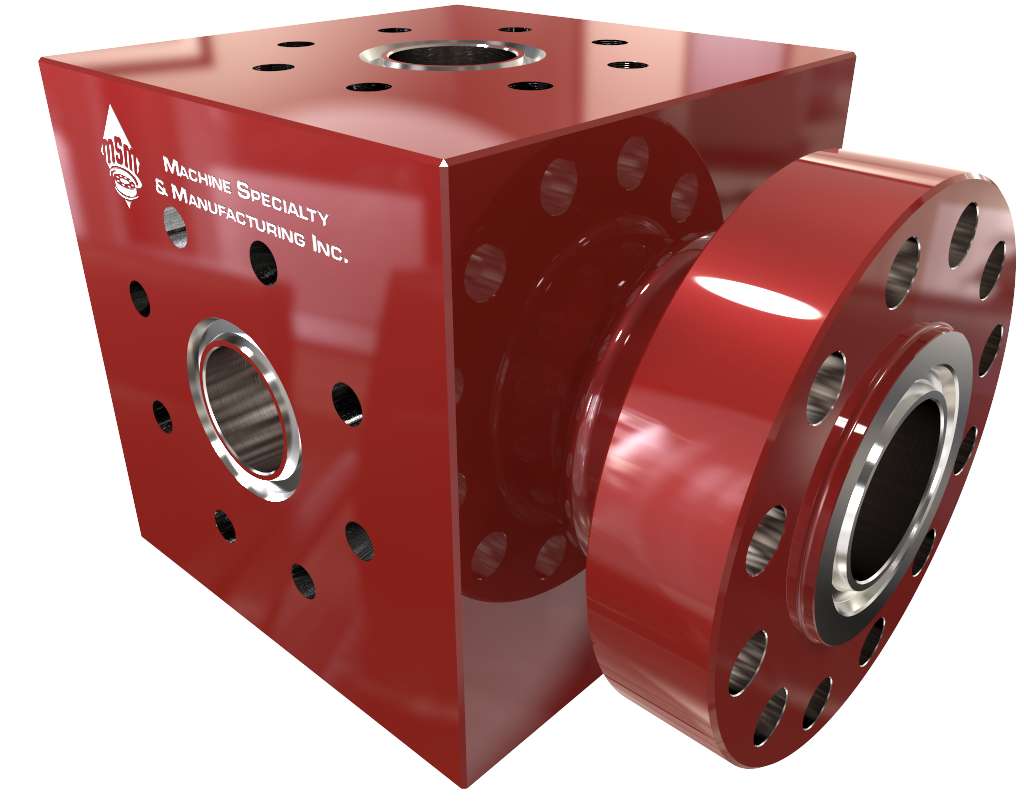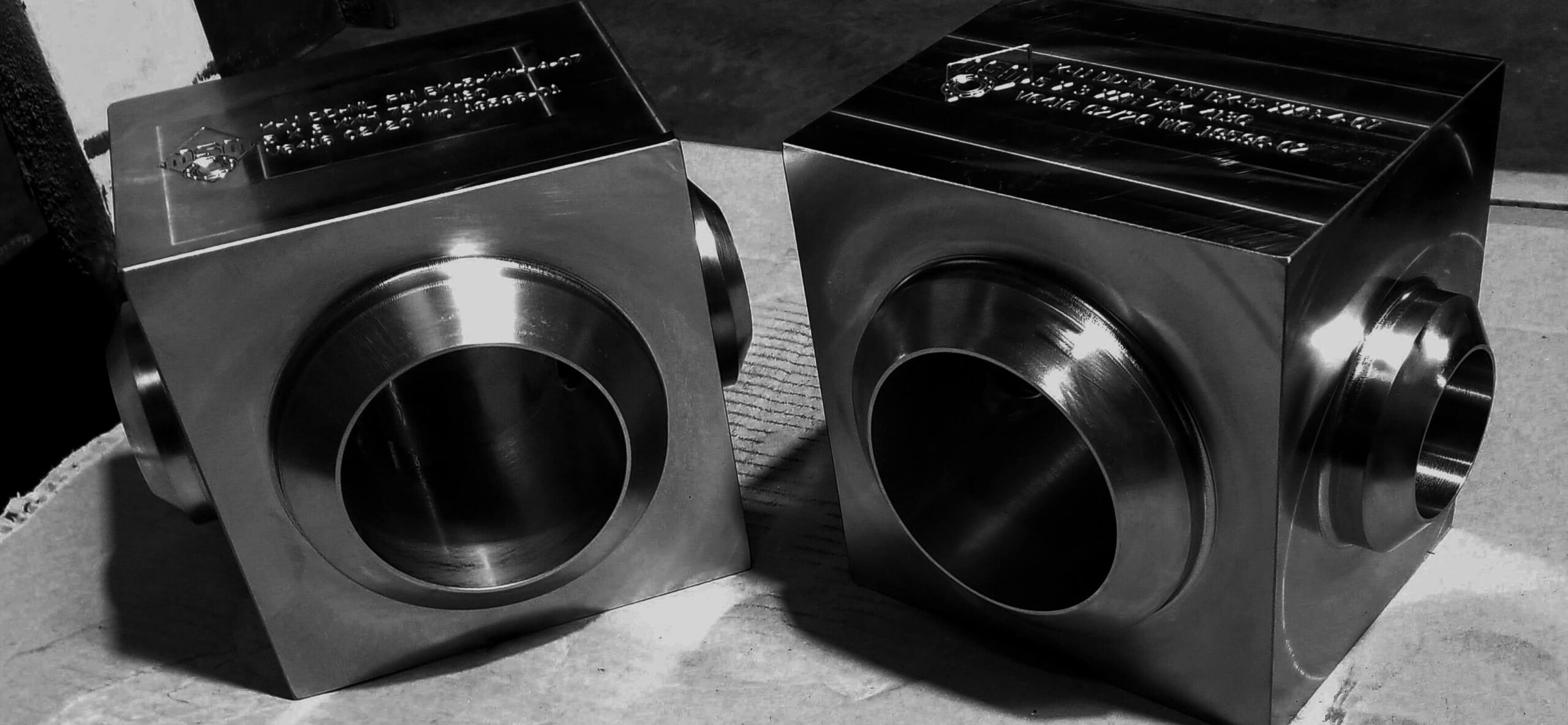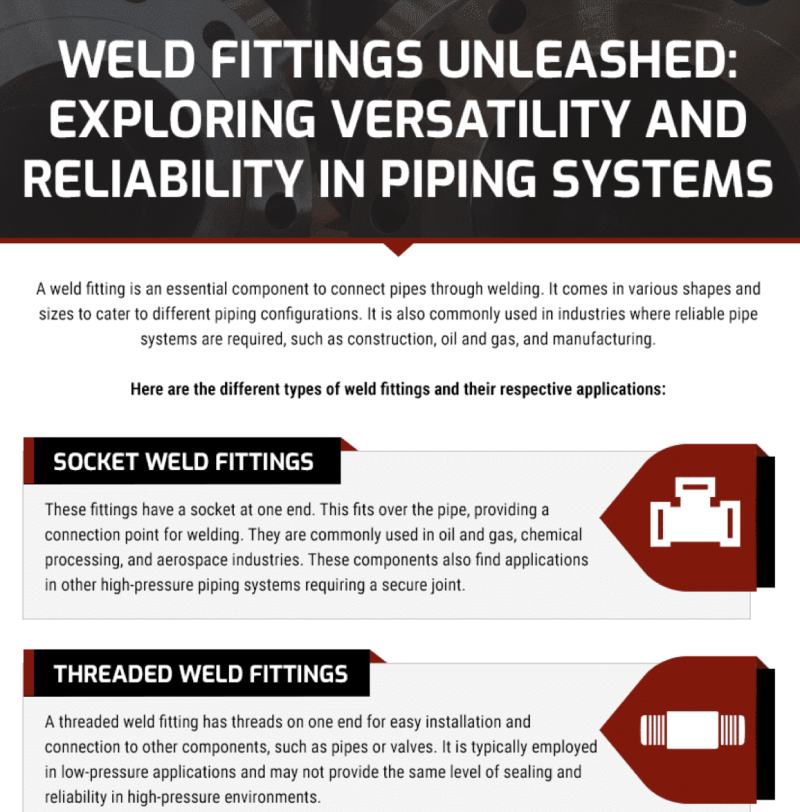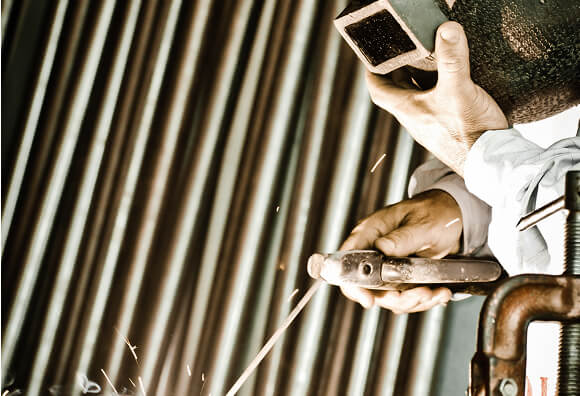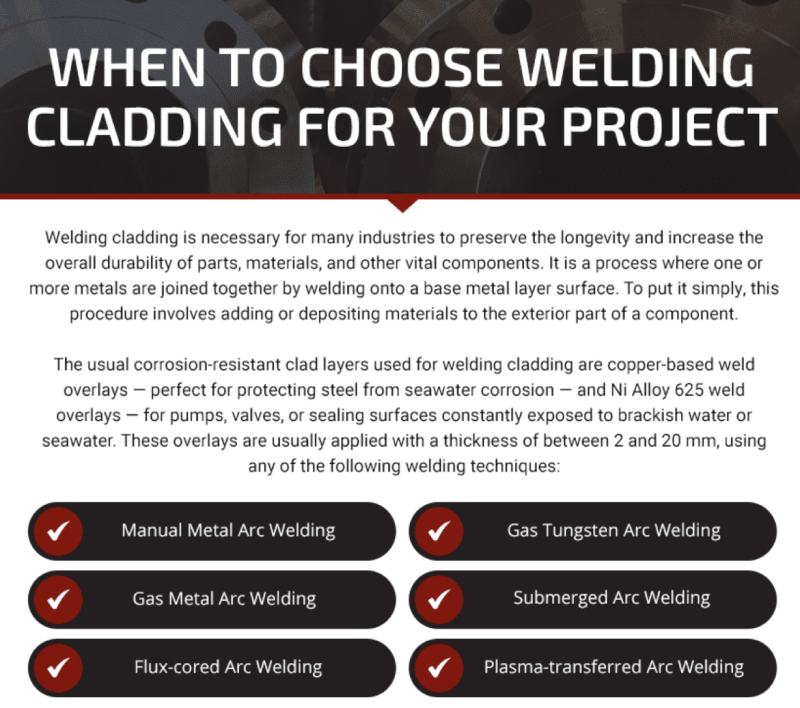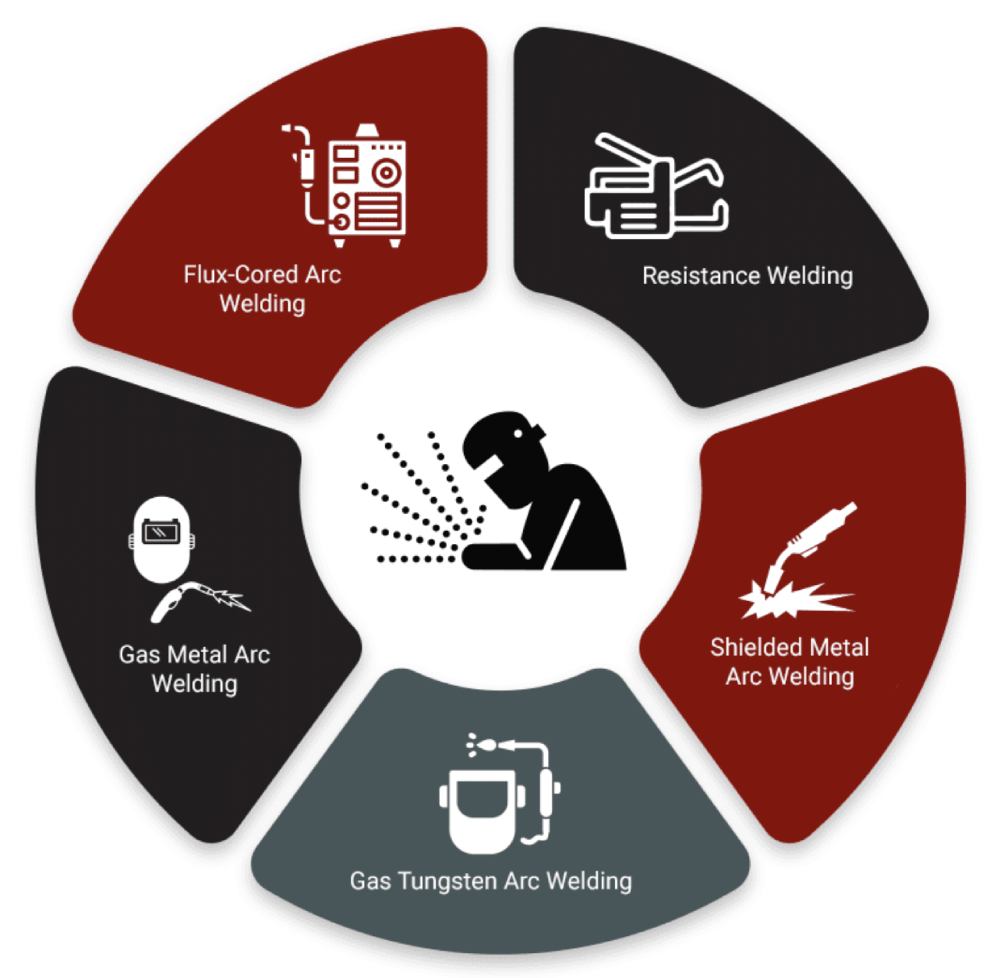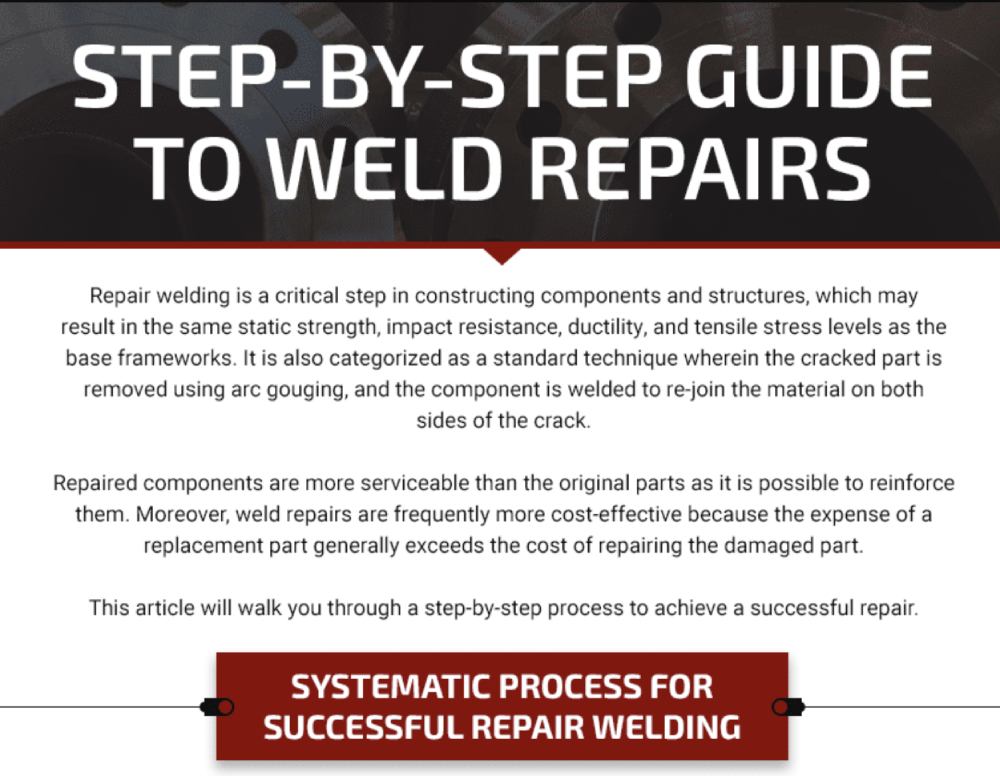
Table of Contents
Quick Summary:
Repair welding is a cost-effective and critical technique used to restore damaged components, often achieving the same mechanical properties as the base material and sometimes even improving the serviceability through reinforcement. A systematic approach is crucial for successful repair welding to ensure functional and reliable results, avoiding failure and complaints. This process involves multiple key steps: first, establishing a detailed Welding Procedure utilizing common methods like GMAW, GTAW, SMAW, or FCAW; second, securing the necessary Welding Equipment and Materials; third, setting Alignment Markers; fourth, selecting an appropriate Welding Sequence (e.g., Stringer Beads, Skip Welding, Staggered Welding) to control heat distribution and strength; and finally, maintaining strict Safety protocols and checking Weld Quality for smoothness and integrity.
Repair welding is a critical step in constructing components and structures, which may result in the same static strength, impact resistance, ductility, and tensile stress levels as the base frameworks. It is also categorized as a standard technique wherein the cracked part is removed using arc gouging, and the component is welded to re-join the material on both sides of the crack.
Repaired components are more serviceable than the original parts as it is possible to reinforce them. Moreover, weld repairs are frequently more cost-effective because the expense of a replacement part generally exceeds the cost of repairing the damaged part.
This article will walk you through a step-by-step process to achieve a successful repair.
Systematic Process for Successful Repair Welding
Repair welding can be handled logically, ensuring the manufacturing of a functional and reliable component, or in some cases, you can approach it sporadically. However, a haphazard approach usually leads to poor construction quality, resulting in hardware failure, warranty repair claims, and customer complaints. To avoid these outcomes, here is the systematic process of successful repair welding:
#1 – Welding Procedure
All welders must be able to access the welding procedure, which should include detailed information about the methods that they will apply. The following techniques are the four most commonly used in the welding industry:
- Gas Metal Arc Welding: Also called as metal inert gas, this process utilizes a thin wire as an electrode. This technique involves heating the wire as it is loaded through the welding instrument and toward the work area. It also uses a shielding gas to protect the weld from pollutants. Furthermore, this method is frequently used on metals such as copper, nickel, carbon steel, stainless steel, aluminum, and many others.
- Gas Tungsten Arc Welding: Also referred to as tungsten inert gas welding, it is a method of joining thin, non-ferrous materials such as lead, aluminum, nickel, or copper. It is also applicable in manufacturing aircraft and bicycles. In addition, TIG welding produces welds using a non-consumable tungsten electrode.
- Shielded Metal Arc Welding: This method is done by hand with a consumable electrode coated in flux. This process is also known as stick welding because it utilizes an electrode in the shape of a stick. Additionally, shielded metal arc welding is one of the most cost-effective processes; however, it is less durable and highly susceptible to porosity, cracks, and shallow penetration.
- Fluxed Cored Arc Welding: This method revolves around a continuous wire feed process. It also involves two distinct processes: using shielding gasses and depending on self-shielding agents generated when fluxing agents decompose within the wire.
#2 – Welding Equipment
Securing the appropriate and sufficient welding equipment is critical to avoid potential delays. There should also be equipment on standby, including holders, grinders, wire feeders, cables, and other welding accessories.
#3 – Materials
Welders must ensure that adequate materials are available throughout the repair welding process. These materials include properly-stored filler metals and insert and reinforcement pieces. The method also requires shielding gasses, fuel for temperature control, and another fuel type for engine-powered welding equipment.
#4 – Alignment Markers
Alignment markers are indicators used before the welding process for easy setting. They can be as simple as center draw marks placed throughout the joint.
#5 – Welding Sequence
The welding sequence is the order in which the weld beads are deposited in the workpiece. Because it can affect the weldment’s strength, coverage, and heat distribution, selecting an appropriate sequence for the application is critical. The following are the most common welding sequences:
- Stringer Beads: This welding sequence involves depositing tiny beads called “stringers.” It is the most common sequence, delivering excellent weld coverage and strength.
- Skip Welding: The welders skip over areas when depositing beads in this sequence. This method is usually performed to save time or heat but can also cause weak weldment spots.
- Staggered Welding: In this sequence, welders alternate between stashing beads on one side of the joint and the other. This facilitates even heat distribution and can result in the strong weldment.
#6 – Safety
You should not neglect safety throughout the welding process. For example, when fuel gases are used for preheating, ventilation is required to ensure that air contaminants are removed from the welder’s breathing zone.

#7 – Weld Quality
You must check the weld quality regularly to ensure smoothness and the absence of notching and reinforcing. It must also flow as smoothly as possible throughout the existing structure to be usable. In addition, grinding is applied to keep the contours smooth and flowing.
Choose MSM for Exceptional Welding Services
If you require welding repair service, professional welders must complete your project to guarantee that the welds are solid and durable. Improperly completed welds are prone to breaking and can jeopardize the project’s functionality and the safety of everyone using it.
Machine Specialty & Manufacturing specializes in providing our customers with exceptional weld repairs and fabrication! We also have standard procedures and experienced welders who follow ASME and API industry standards, providing quality products for every project need.
Dial 1-800-256-1292 to reach us right away. You can also request a quote, and we will find the best welding services solutions for you!

Table of Contents
Additional Blogs
Ready to get started?
Our team is ready to deliver a custom quote that meets your project’s specifications.




